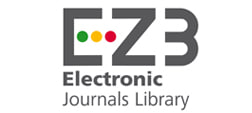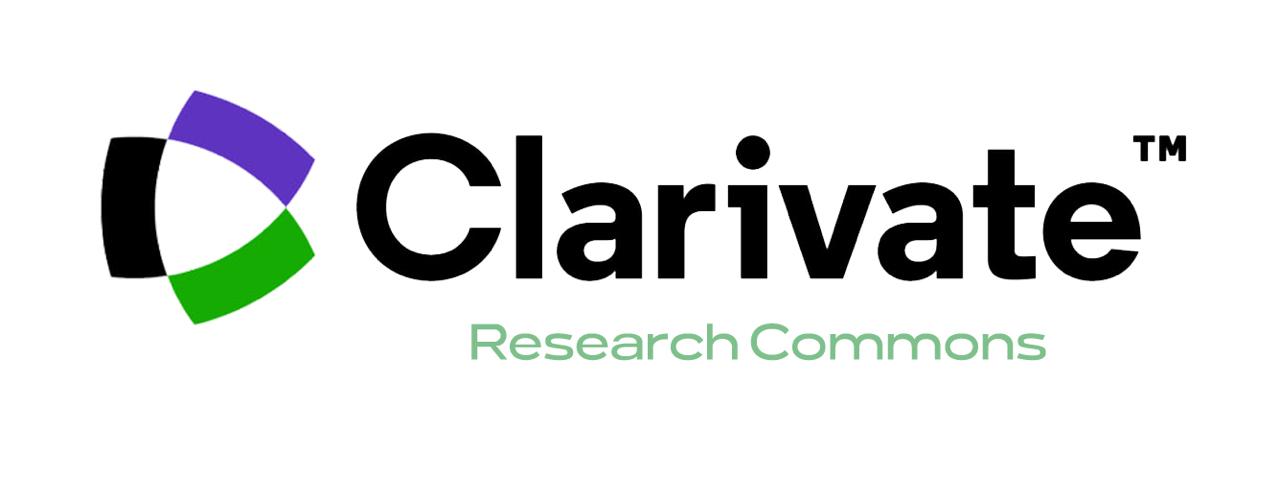Abstract
Acute renal injury (ARI) post cardiac surgery leads to substantial difficulty in going about the treatment, that often results in aggravated morbidity and mortality rates. Through this manuscript, we have the opportunity to cover a basic assessment of ARI complexity, including comorbidities which have been categorized as preoperative, intraoperative, and postoperative factors. The risk of all these ailments may also increase which is due to advanced age and comorbidities such as diabetes and hypertension and may lead to procedures like cardiopulmonary bypass (CPB) and duration of cardiopulmonary bypass. The cardiac procedures under discussion like the Coronary artery bypass surgery (CABG) and valvular surgeries are instigators of ARI with separate risk profiles discovered for each intervention type. Secondly, the paper advocates approaches and approaches to controlling the risk of both eosinophilia and erythropoietin and most importantly the techniques used in fluid management. The conversation centres on what is the clinical effect of AKI; it examines how it negatively influences patient recovery by requiring prolonged hospitalization, increased costs of healthcare, and progression of renal complications in the long-term. Moreover, early identification is followed as well as individualized postoperative care regimens are highlighted as the necessary components of the initial minimization of late postoperative ARI complications. Through a thorough assessment of the current knowledge together with the latest development in interventions, this paper offers a unique and useful guild for clinicians and researchers that seek to enhance management of ARI and prevent its poor outcomes specifically in pediatric cardiac surgery.
Recommended Citation
Ramayanam, Navakanth Raju; Bukke, Sarad Pawar Naik; Ramenani, Hari Babu; Patan, Saira; Ponna, Niranjan; Pilliboina, Supriya; Pinjari, Sahanaz; D., Sri Sathyavathi; Goruntla, Narayana; and Yadesa, Tadele Mekuriya
(2024),
Beyond the Scalpel: Understanding Acute Kidney Problems after Heart Surgery,
AUIQ Complementary Biological System: Vol. 1:
Iss.
1, 10-23.
DOI: https://doi.org/10.70176/3007-973X.1000
Available at:
https://acbs.alayen.edu.iq/journal/vol1/iss1/2
Digital Object Identifier (DOI)
10.70176/3007-973X.1000




















Follow us: